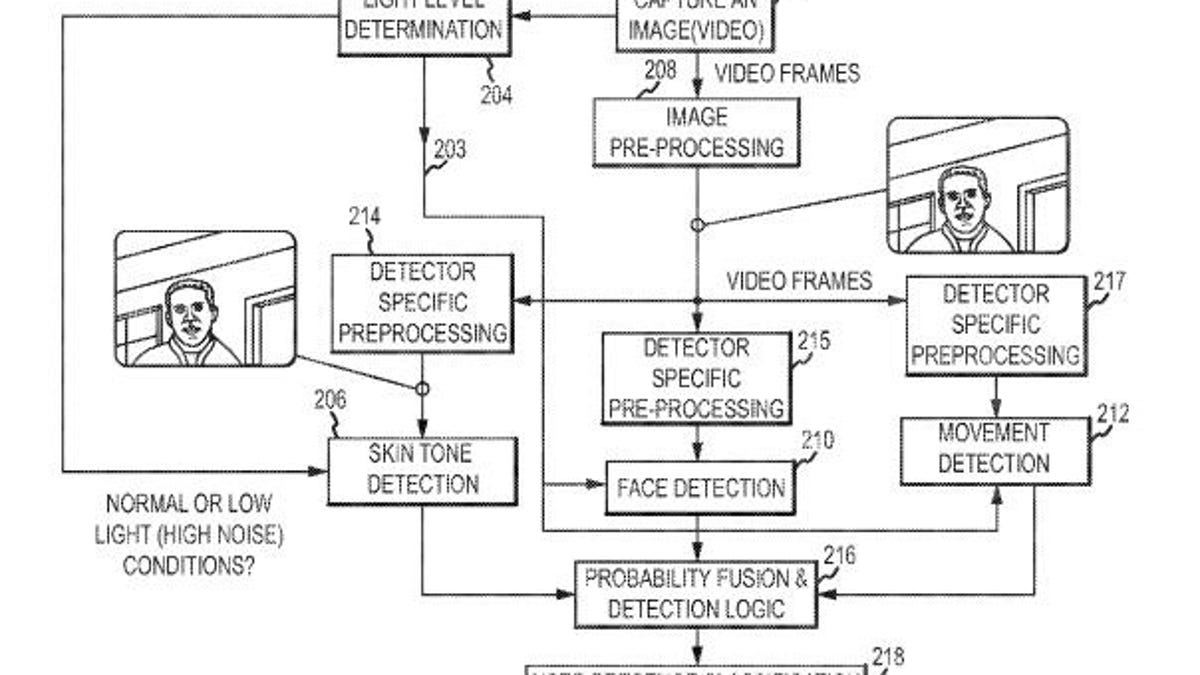iPhone face recognition camera looks pretty damn likely
If it comes to the iPhone 8, here are six cool things it could do -- according to Apple.
For months now, the internet has been awash with rumors that Apple's 10th-anniversary iPhone (which we're calling the iPhone 8 for now) will have facial recognition built into at least one of its cameras.
Now a patent application dated today, and spotted by TechCrunch, spells out Apple's ambition to patent a sensor that can tell if you're human.
The application is pretty dry stuff, filled with cardboardy legalese, but it does outline some pretty juicy reasons why a "presence sensor" could be a good thing.
Human recognition could:
- Keep your device from slipping into power saving mode while you're still using it
- Power up the device (or unlock it, presumably) if it notices you approaching -- that could save you 6 seconds each time
- The display could zoom in or out based on how close or far the screen is from your face (like it you're reading a story or looking at a photo)
- The device could show you more or fewer menus or options based on where you are in relation to the screen
- If the image sensor tells the processor that the main user is present, it could trigger the processor to do something different
- Depending where you are, the device could funnel audio in your direction
Important reminder: A patent application is not a granted patent and it doesn't mean that Apple will automatically use these features. But it's a good indication of what Apple is thinking, and where other phones could be going as well.
While Apple keeps things vague (it refers to a "computing device"), it's likely we're talking about a device that's easy to move around. So the iPhone, Apple Watch and iPad are good candidates for this kind of sensor. A MacBook , not so much. The patent application also implies that sensors live on the front of the device -- Apple's patent application mentions a camera sensor, but also light sensors and also infrared (IR) and microwave radar.
Apple did not respond to a request for comment.


